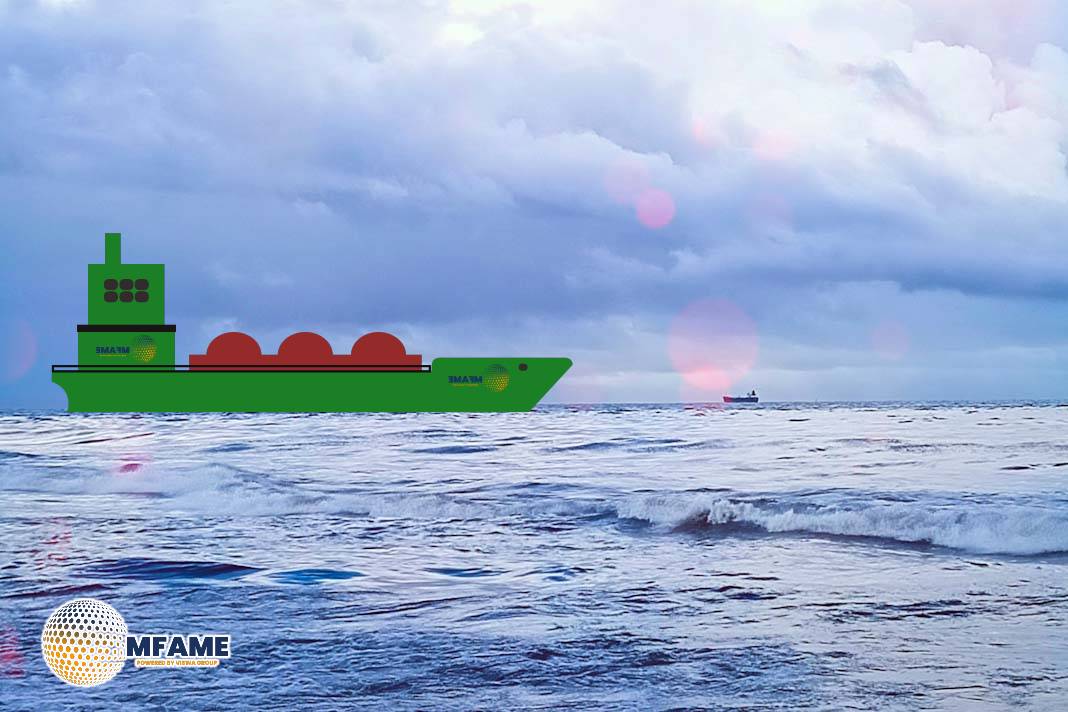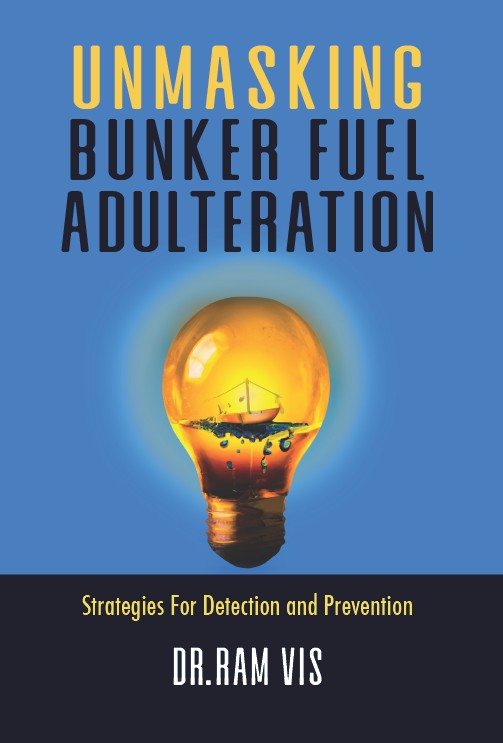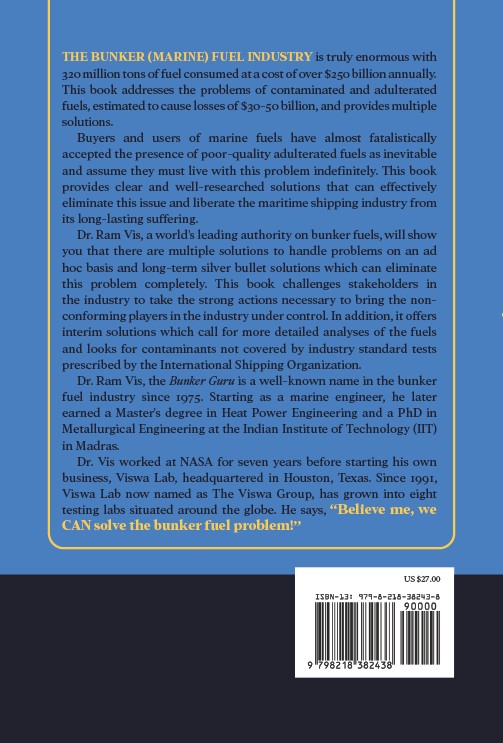- Shipping companies like Evergreen Marine and Solvang are installing OCC systems on vessels to capture and store CO₂, achieving up to 70-80% emission reductions.
- OCC systems require significant energy, and increasing fuel consumption, and current regulations do not account for captured CO₂ in carbon intensity ratings, creating compliance challenges.
- While not a permanent solution, OCC technology provides a viable interim measure to reduce emissions from fossil-fuel-powered vessels as the industry transitions to alternative fuels.
As the maritime industry intensifies efforts to achieve net-zero greenhouse gas (GHG) emissions by 2050, onboard carbon capture (OCC) technology emerges as a promising solution to mitigate emissions from vessels reliant on fossil fuels. While alternative fuels are anticipated to play a significant role in future decarbonization, the current global fleet predominantly depends on traditional fuels, necessitating interim measures like OCC, reports Gard.
Advancements in Onboard Carbon Capture
Recent developments indicate a growing interest and investment in OCC systems:
– Evergreen Marine Corp’s Initiative: In spring 2024, Evergreen Marine Corp equipped the ‘Ever Top’, a 13,806 TEU containership, with an OCC system. The captured CO₂ was offloaded to shore facilities for recycling, contributing to a reduction in the vessel’s annual CO₂ emissions as assessed by the Carbon Intensity Indicator (CII).
– Solvang’s Implementation: By early 2025, Solvang plans to install an OCC system on the 21,200 cbm LPG carrier ‘Clipper Eris.’ This system is designed to separate CO₂ from exhaust gases, liquefy it through refrigeration, and store it onboard, with expected capture rates between 70-80% for both main and auxiliary engines.
-Project REMARCCABLE: This collaborative effort aims to develop an OCC system for the medium-range tanker ‘Stena Impero’, focusing on demonstrating the feasibility of significant emission reductions in operational settings.
Challenges and Considerations
Despite its potential, OCC technology faces several challenges:
– Energy Consumption: Higher CO₂ capture rates generally demand increased energy, which can offset overall emission reductions. The OCC equipment may affect the main engine’s back pressure and require additional auxiliary power, leading to increased fuel consumption.
– Regulatory Frameworks: Current regulations, such as the Carbon Intensity Indicator (CII), do not account for CO₂ captured onboard, focusing instead on fuel consumption and its fixed carbon factor. This discrepancy may impact the perceived efficacy of OCC systems under existing compliance metrics.
The Path Forward
While OCC technology is not a standalone solution, it offers a viable pathway for existing vessels to reduce emissions in the near term. As the industry progresses towards sustainable operations, integrating OCC with alternative fuels and energy-efficient practices could serve as a comprehensive strategy to achieve zero-emission shipping.
Did you subscribe to our daily Newsletter?
It’s Free Click here to Subscribe!
Source: Gard

























